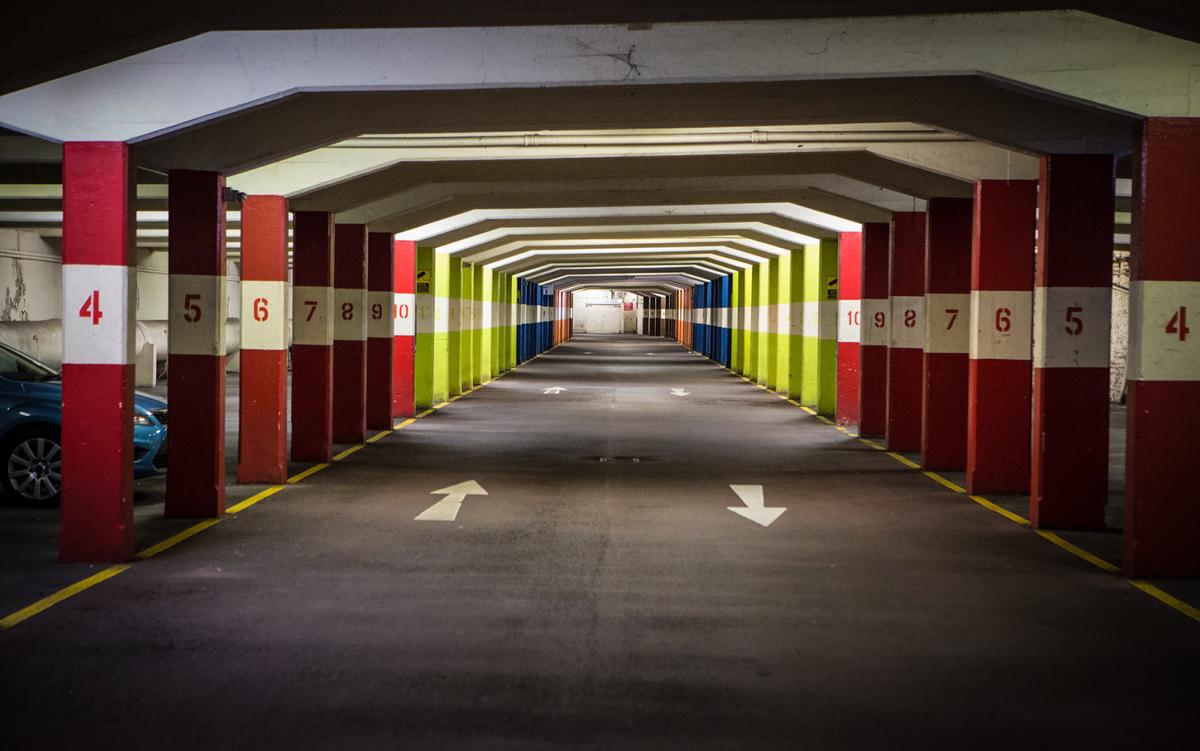
"Cities were transformed by cars, which provided unprecedented access and speed, but also introduced significant environmental challenges and altered urban landscapes in profound ways."
"The size and configuration of roads influence our perception of cities, affecting both the way we engage with urban spaces and the economic dynamics of those areas."
"Underground parking emerged as a complex solution to urban parking problems, impacting city planning and usage of spaces in densely populated areas."
"Cruising for parking contributes significantly to urban traffic, with studies suggesting that up to 15% of it is caused by drivers searching for available spaces."
The motorcar has dramatically shaped modern society, enhancing accessibility but also bringing urban challenges, such as pollution and spatial reconfiguration. Cities had to adapt to accommodate a surge in vehicles, leading to issues like traffic congestion and the dilemma of where to park. The urban landscape transformed into a space defined by roads and parking structures, highlighting the relationship between urban design and socioeconomic factors. Innovations like underground parking represent attempts to mitigate the clutter caused by cars, while the phenomenon of 'cruising' illustrates the ongoing burden of urban traffic created by the search for parking.
Read at Aeon
Unable to calculate read time
Collection
[
|
...
]